Affordable and right in Americans’ culinary wheelhouse, tilapia producers seek to regain foothold with consumers
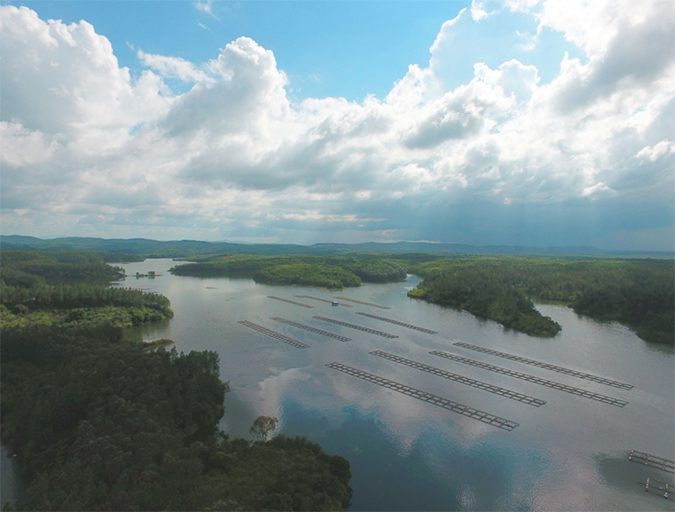
This past year may go down as the year of distorted Facebook news, but back in 2008, the doozy headline, “Tilapia is worse than bacon” found life on the social network. The click-baity claim has since been rehashed over and over ever since a study out of Wake Forest University School of Medicine first compared the two foods’ likelihood to cause inflammation. And it’s not the only ding to tilapia’s tender reputation.
Reports that Chinese producers were feeding tilapia feces from pigs and geese brought their own set of cringe-worthy moments. Tilapia has also been repeatedly linked to a variety of seafood fraud cases (it’s most often swapped for the pricier red snapper) in Oceana’s exhaustive investigations. The bad news doesn’t stop there: Last month, tilapia was identified as the likely source of a case of flesh-eating bacteria infection in a Washington-state woman.
Once a darling of the sustainable seafood crowd for its vegetarian diet and its potential to feed the world’s growing population with a reliable source of lean protein, mild-mannered tilapia now has a pretty serious image problem, one that may be causing a dip in consumption levels.
Gavin Gibbons, spokesman for the U.S. seafood association the National Fisheries Institute (NFI), told the Advocate that while they “fought the misinformation hard,” there hasn’t been any hard research done to quantify the financial impact of the ongoing “worse than bacon” press.
There may not be a definitive financial number, but there’s little doubt the resulting Facebook posts were damaging, said Ryan Grace, president of The Fishin’ Co., the largest importer of tilapia into the United States. “People don’t trust tilapia. To us, that’s frustrating.”
That lack of trust may still be costing the industry real dollars. Tilapia is still popular, sitting fourth among U.S. consumers’ Top 10 favorite species, a list released annually by NFI. But in a year where American consumers were celebrated for finally upping their seafood consumption rate by nearly a pound per capita, tilapia was the only one of those 10 species to actually see a drop in consumption, by .055 pounds from the previous year, putting it close to levels seen in 2011.
Consumers should demand that production of all foods, especially animal foods, be produced with a nutrient profile similar to the wild version of the same species
Matt Brooker, business development manager with The Fishin’ Co., said the industry hasn’t done a good enough job of getting the positive stories about tilapia production out to the media or to American consumers. While many buyers and retailers have a strong understanding of the work that’s being done to improve global feed and farming operations, the message often seems to stop there.
“We can talk about all the work we’re doing in China. Buyers and retailers have a great understanding of the work that’s being done, but the consumer who buys from them, they don’t know anything about it,” said Brooker.
That work can be substantial. In the case of The Fishin’ Co., close partnerships with Best Aquaculture Practices, the Sustainable Fisheries Partnership, Hainan Sustainability Alliance and other organizations show its commitment to getting more producers to seek certification, and to specifically focus on improving farm conditions, record keeping, antibiotic use and overall practices of Chinese tilapia farmers.
“We also offer business incentives and contracts to those farms and facilities that are committed to improving their practices,” said Grace.
Whether efforts to improve farming conditions make any difference with consumers is unclear. At notable California-based restaurant chain Rubio’s, which sources tilapia from Regal Springs Tilapia, a recent shift towards emphasizing wild-caught seafood over farmed has meant a slip in sales of tilapia tacos and burritos, according to a SeafoodSource report. Rubio’s declined a request for an interview.
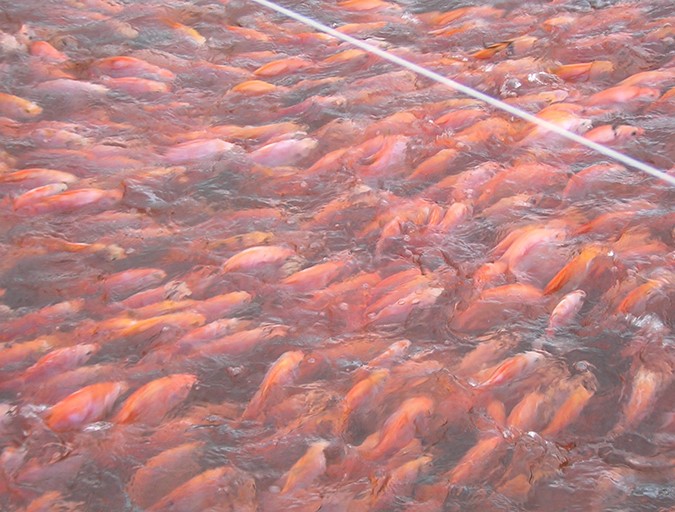
Putting a reputation to the (taste) test
Global production of tilapia is huge, and growing. According to a recent Seafood Watch report, “production is estimated to be approximately 4.5 million metric tons, and is predicted to increase to 7.3 million metric tons by 2030,” with the U.S. tagged as the world’s largest importer.
If Americans’ appetite for the fish is waning due to its flailing image, Washington Post food writer Tamar Haspel wanted to understand if the fish’s reputation as one “chefs love to hate” was deserved.
“I didn’t have an opinion about tilapia. I seldom eat fish that I don’t catch or isn’t caught by someone in my local [Cape Cod] community,” said Haspal. “But I wanted to see what the fuss was about. In my market, it’s the least expensive fish.”
So she gathered a panel of six tasters that included a chef, a fisheries expert, a restaurant critic and two folks from a D.C.-based seafood distributor to participate in a blind taste test. The panelists were given seven fish, two of which were tilapia (one from Honduras, one from the United States).
“It turned out we couldn’t pick tilapia out of a lineup,” wrote Haspel. “With the exception of the snapper, each fish had at least one of us guessing it was tilapia.”
The group of taste testers ranked the tilapia from Honduras second behind the red snapper, while the domestic tilapia came in fifth. Was Haspal’s blind taste test a success? It certainly showed that tilapia can compete with similarly fleshed-fish, but one prominent story probably isn’t enough to sway public opinion or sales.
“People had different opinions on what fish was delicious. There wasn’t universal agreement,” she said.
Inexpensive food = good
Taste, of course, isn’t the only reason consumers choose fish. Many eaters choose fish based on the health benefits, often going for fish known to be rich in omega-3 fatty acids, like salmon.
“Protein is not the issue and never was. Animal protein comes from any animal food including fish, milk and eggs. The issue is the other nutrients. Tilapia can be a lot healthier than it is,” said Tom Brenna, professor of human nutrition at Cornell University. Brenna is a member of the 2015 Dietary Guideline Committee, which reported that farmed tilapia, catfish and other fish have a very different nutrient profile than the wild versions of the same species. A nutritional gap Brenna would like to see reduced.
“Consumers should demand that production of all foods, especially animal foods, be produced with a nutrient profile similar to the wild version of the same species,” he said.
That may be easier said than done, and specific nutrients don’t always drive consumer sales.
“Not everyone is looking for a high omega-3 fish,” said Grace of The Fishin’ Co. “There are consumers like that, but for some, they’re looking for a good lean protein.”
Indeed, affordable healthy alternatives to more expensive fish, like salmon, deserve consideration.
“Remember, production of inexpensive food is good, not bad,” Brenna said. But, he adds, finding a way to make tilapia more nutritious should be an industry priority, adding “animal foods, for the most part, take on the composition of the foods that the animals eat, some more than others.”
That’s something we’re already seeing this in the declines of omega-3 fatty acid levels in farmed salmon as the industry moves away from fishmeal and fish oil towards alternative ingredients in aquafeeds.
Maybe it’s time to “make tilapia great again,” said Brenna.
Author
-

Clare Leschin-Hoar
California-based journalist Clare Leschin-Hoar covers food policy and seafood. Her work has appeared in The Guardian, NPR, Scientific American, EatingWell and many more. Follow her on Twitter: @c_leschin.
Tagged With
Related Posts
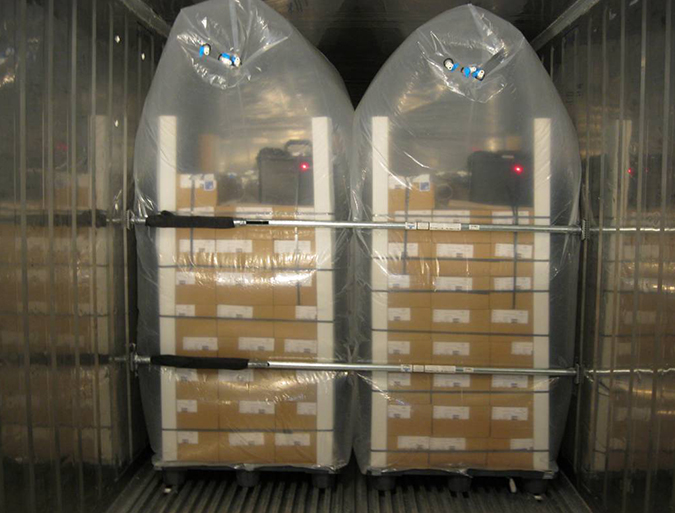
Responsibility
Slow fish: Preventing waste via packaging
BluWrap shipping technology can cut the seafood industry's abysmal food-waste statistics by dramatically extending the shelf life of fresh product. Company CEO Mark Barnekow's mission is to get fresh fish off airplanes and onto ocean-bound cargo ships.
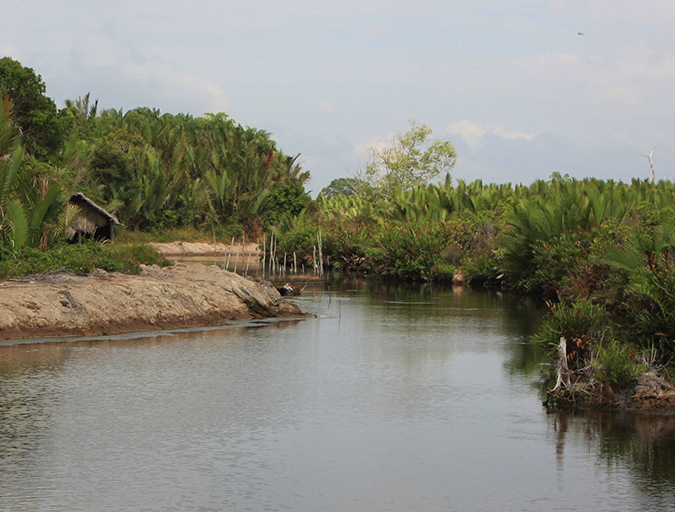
Intelligence
From forest to plate, a shrimp redefining ‘farmed’
The explosive growth of shrimp farming has long been associated with mangrove deforestation in Southeast Asia. A silvofishery method of producing the popular seafood is protecting the fragile ecosystems in Vietnam. A hungry marketplace is reaping the rewards.
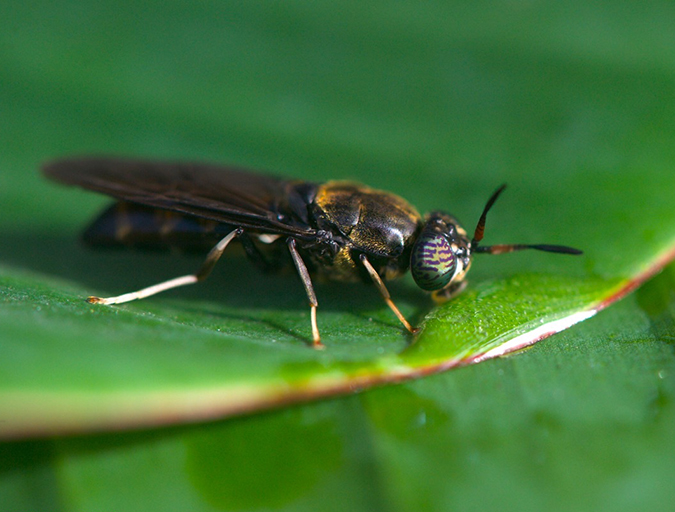
Aquafeeds
Buggin’ out: Tapping the potential of insect meal in aquaculture
Black soldier flies are gaining interest as a leading alternative ingredient in aquafeeds. But will the “ick” factor be a turn-off? Advocate contributor Clare Leschin-Hoar investigates.
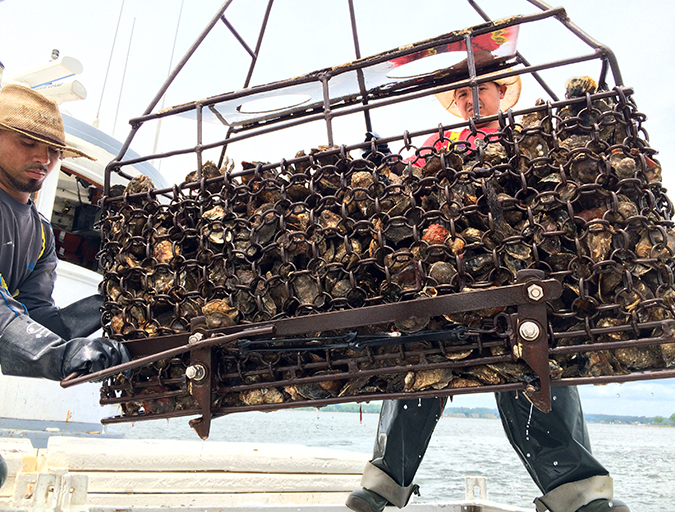
Intelligence
As ocean temperatures rise, so too will vibrio outbreaks
A study using a half-century of data has linked climate change and warming sea temperatures with an increase in illnesses from the common vibrio bacteria. Shellfish growers, fighting a particularly virulent strain of Vibrio parahaemolyticus, are changing their harvest protocols.

